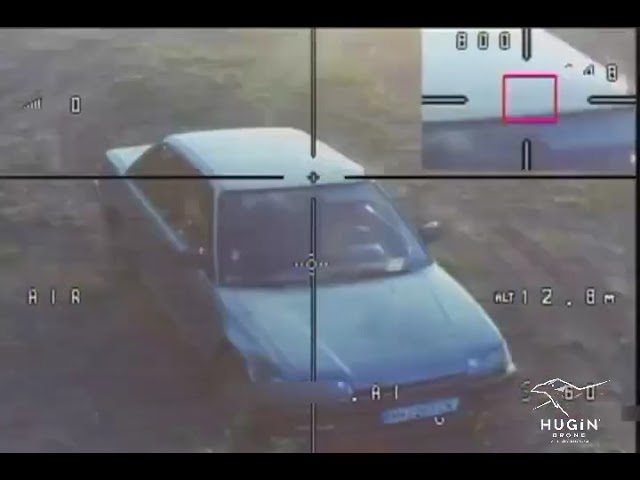The Eyes in the Sky: AI-Driven Object Tracking Revolutionizing Drone Operations
The integration of Artificial Intelligence into drone technology is rapidly transforming how we approach surveillance, search and rescue, and even industrial inspections. These aren’t just incremental improvements; we’re witnessing a paradigm shift. The videos highlighted below showcase the cutting edge of AI-driven drone object tracking, moving beyond simple remote control to autonomous systems capable of identifying, locking onto, and following targets with remarkable precision. This capability is not just about fancy technology; it’s about enhancing operational efficiency, improving safety, and ultimately, saving lives. From the hardware acceleration of object tracking to voice-controlled mission planning, these innovations are reshaping the very nature of drone flight.
Key Takeaways from AI-Drone Object Tracking Videos
- Autonomous Object Locking and Tracking: Several videos demonstrate the ability of drones to autonomously lock onto and track moving objects using AI algorithms, powered by platforms like Jetson Nano and Pixhawk. This capability significantly reduces the need for manual control, enabling more complex and efficient missions.
- Voice-Controlled Drone Operations: The VTrack system showcases the potential of AI-driven voice command for mission planning and real-time object tracking. This hands-free approach enhances operational precision and ease of use, particularly in dynamic environments.
- Hardware Acceleration for Real-Time Tracking: The use of FPGA hardware acceleration, as seen with the AMD Kria-KR260, is crucial for achieving real-time object tracking on drones. This demonstrates the importance of specialized hardware for handling the computational demands of AI algorithms.
- Focus on Stationary Object Tracking: One video highlights the ability of AI-controlled drones to navigate to and focus on stationary objects of interest. This is critical for applications like infrastructure inspection and search and rescue operations.
- Integration with ROS: The use of ROS (Robot Operating System) in one of the projects underscores the importance of open-source platforms for developing and deploying AI-powered drone applications. This facilitates collaboration and innovation within the drone community.
Emerging Trends in Autonomous Drone Flight
The videos highlight a clear trend towards greater autonomy in drone operations. We’re moving beyond simple remote control to systems that can make decisions in real-time based on AI-driven analysis of their environment. This shift is being driven by advancements in both AI algorithms and hardware capabilities. The use of voice control, for example, represents a move towards more intuitive and efficient human-machine interfaces. Furthermore, the focus on hardware acceleration indicates a growing need for specialized processing power to handle the computational demands of real-time object tracking. This trend suggests that future drone systems will be increasingly sophisticated, capable of operating in complex environments with minimal human intervention. The integration of AI is not just about automating tasks; it’s about creating a new generation of intelligent aerial platforms.
The Future is in the Air
The advancements showcased in these videos are not just technological marvels; they represent a significant leap forward in the capabilities of drone technology. From autonomous object tracking to voice-controlled mission planning, AI is fundamentally changing how we use drones. These innovations are paving the way for more efficient and effective operations across various sectors, from surveillance and rescue to industrial inspections and beyond. Scroll down to explore the video highlights and witness the future of AI-driven drone object tracking firsthand.




